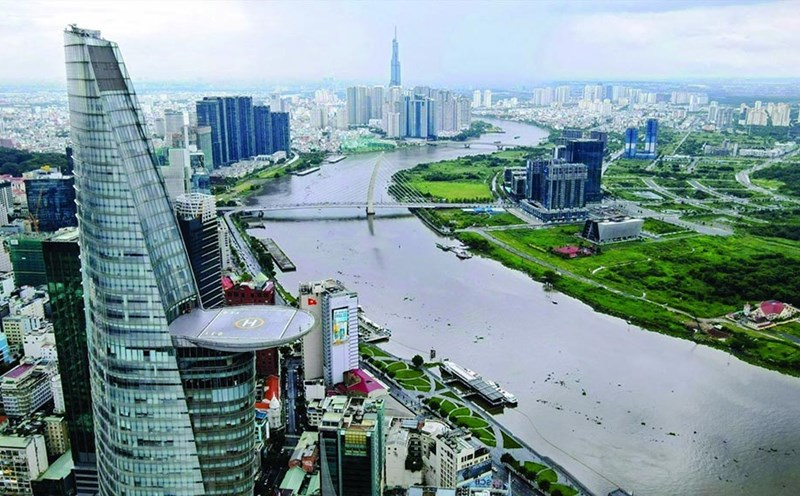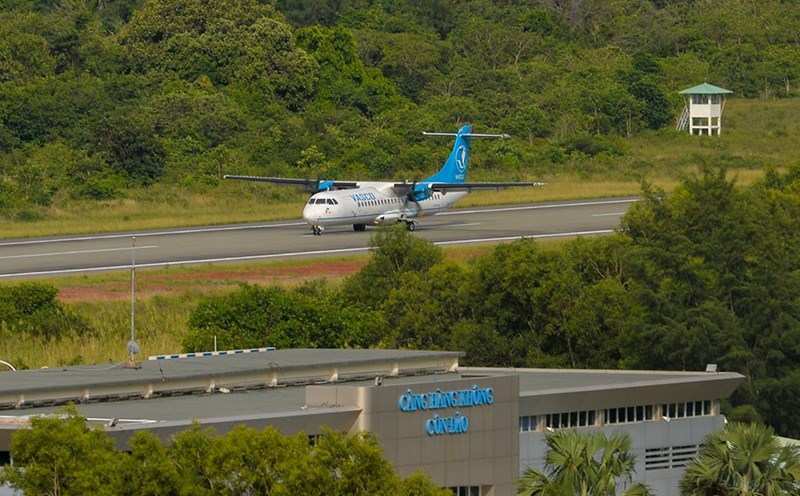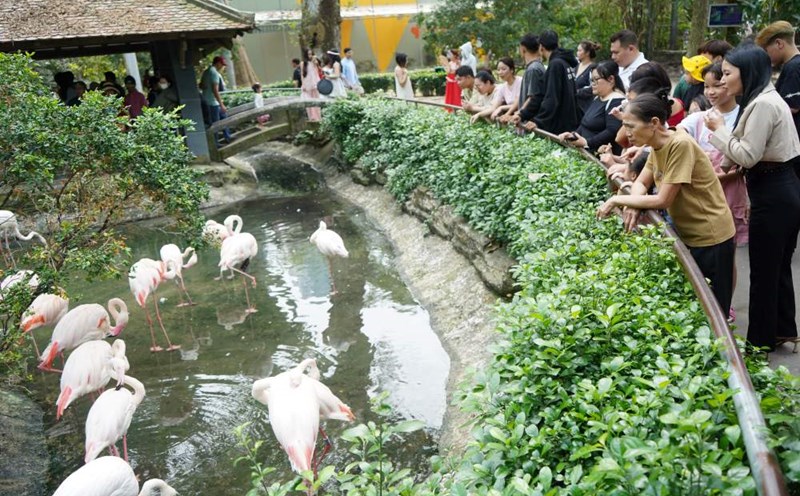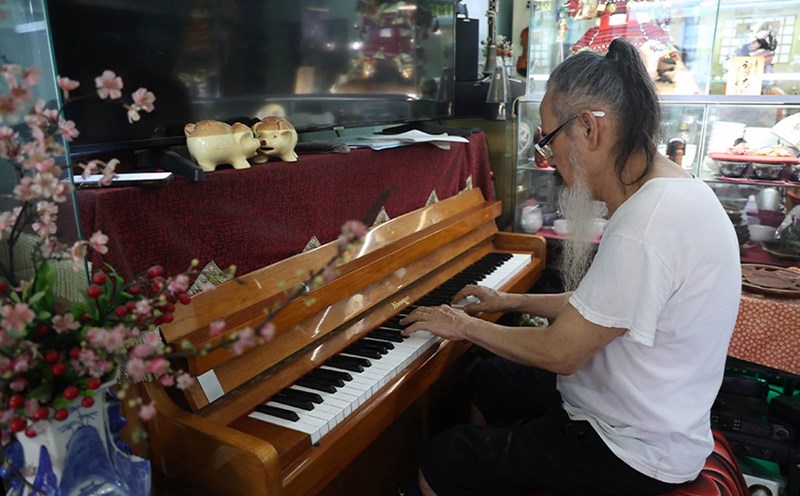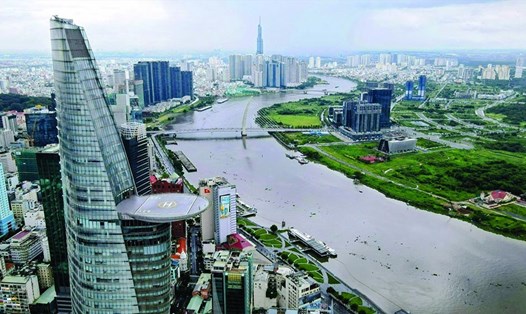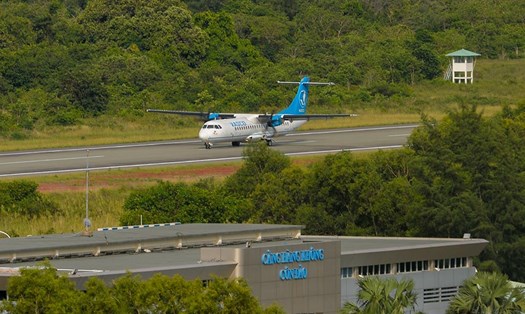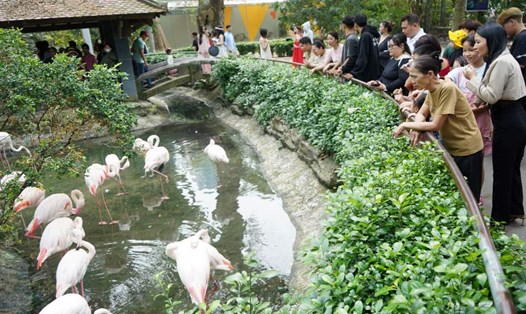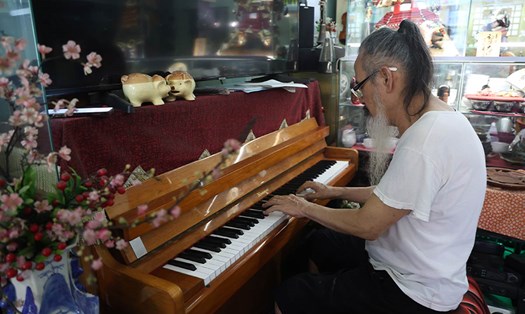Proposal to organize famtrip and support policies after the merger
At the dialogue conference between tourism businesses and the Ho Chi Minh City government held on July 18, many businesses reflected on practical shortcomings, and at the same time proposed solutions to perfect policies and promote sustainable development for the city's tourism industry.
Speaking at the conference, Mr. Tran Phu Lu - Director of the Center for Trade and Investment Promotion (ITPC) commented that the merger of administrative units has opened up many new potentials for the Ho Chi Minh City tourism industry, contributing to expanding development space, diversifying tourism products and strengthening regional linkages.
However, the Ho Chi Minh City tourism industry in the new period also requires improving adaptation capacity, enhancing management efficiency and maximizing existing potential.
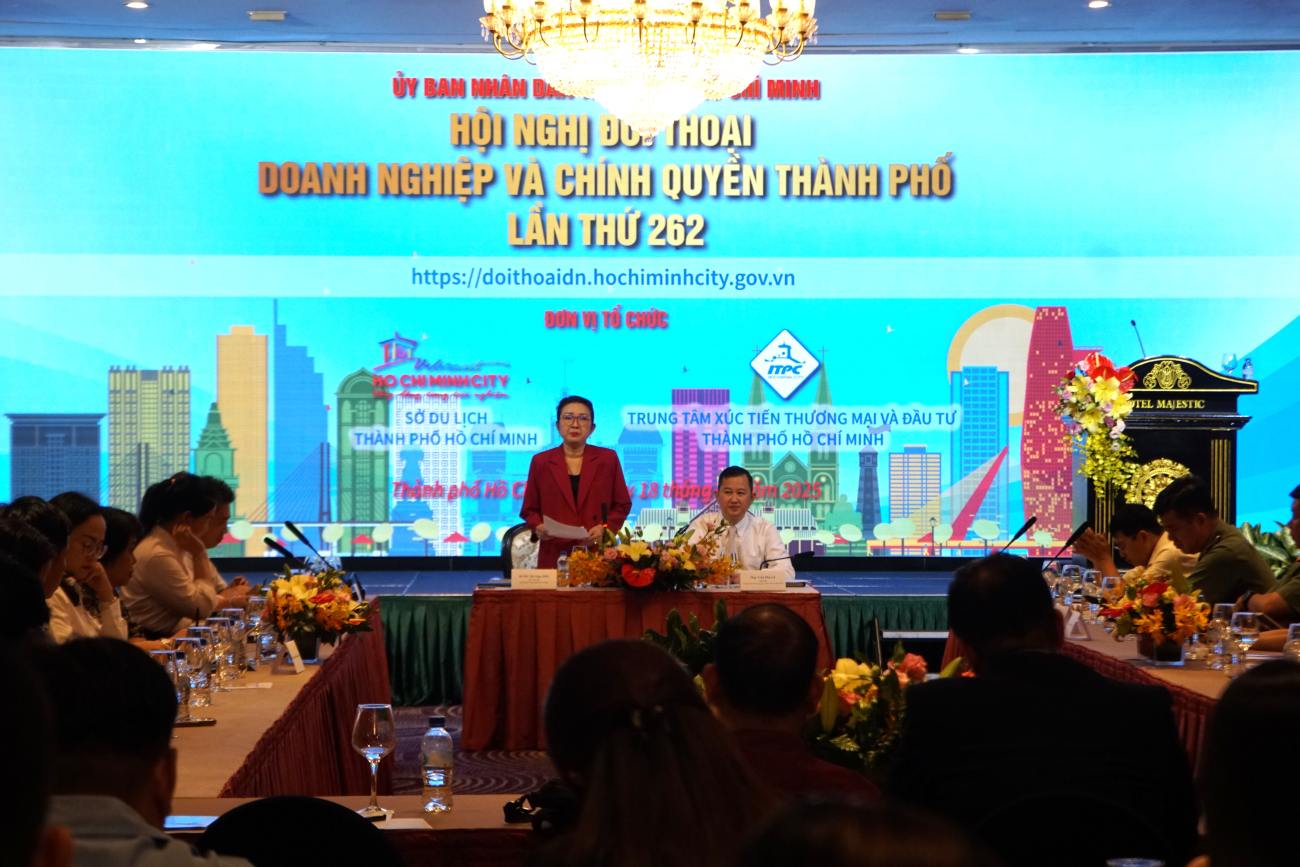
This year's conference recorded many opinions from tourism businesses in Binh Duong (old) and Ba Ria - Vung Tau (old) - 2 localities that have just merged into Ho Chi Minh City.
A representative of the North-South Vietnam Tourism Company proposed that the tourism industry increase the organization of famtrip programs at home and abroad, creating conditions for small and medium-sized enterprises to approach reality and learn from tourism development models. At the same time, this unit also expressed its opinion on the issue of tax reduction.
Regarding the famtrip organization, a representative of the Ho Chi Minh City Department of Tourism Management Department said that organizing famtrip programs at home and abroad is identified by the unit as one of the important solutions to perfect products and develop new tours.
Currently, the unit is promoting cooperation activities with localities across the country to promote tourism development, through organizing survey teams, connecting Ho Chi Minh City businesses with regions such as Vung Tau (old) and Binh Duong (old) - especially in the context of the ongoing administrative unit consolidation.
For the international market, Ho Chi Minh City also plans to organize foreign famtrip groups to learn from experience from effective tourism development models, contributing to improving the competitiveness of small and medium-sized enterprises.
There is a situation of speculation in air tickets and hotels in Con Dao
In the context of Ho Chi Minh City merging administrative boundaries and implementing a 2-level government model, businesses are interested in developing tourism in potential areas such as Con Dao, Can Gio and suburban areas, diversifying products and improving service quality.
Mr. Ngo Tuan Tu - Director of Amadive Tourism Company said that Con Dao special tourism area is currently characterized by operating only seasonally for about 6 months/year, with few visitors due to the monsoon season.
In addition, there is a situation of speculation about airfares and hotels, causing prices to increase but in reality there are no guests; tour guides do not meet standards.
This area also lacks diversity in tourism products and services, mainly focusing on spiritual tourism. In particular, in the night-time economy, after 10pm, tourists have no places to play.
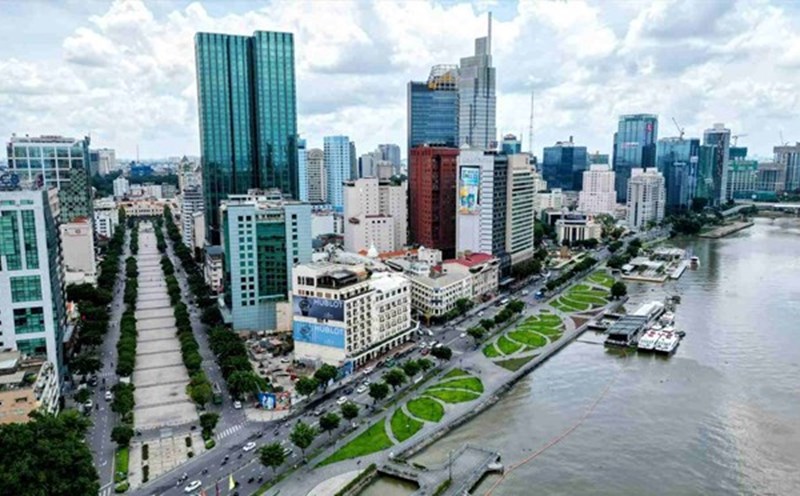
A representative of the Department of Tourism Management - Ho Chi Minh City Department of Tourism said that before that, the unit had discussed with the government of Con Dao district (now a special zone), recording that the average room occupancy rate in the locality in the past time was only about 35-40%. However, speculation and virtual reservations are likely to occur on online booking platforms.
To thoroughly resolve this situation, the unit will deploy comprehensive solutions, combining state management, market transparency and technology application.
Speaking at the conference, Ms. Bui Thi Ngoc Hieu - Deputy Director of the Ho Chi Minh City Department of Tourism stated that the city's tourism industry in the new period will face many challenges.
The problem is how to make Ho Chi Minh City a truly attractive destination, when the city currently has both industrial strengths and the development of sea tourism and inner-city tourism.

